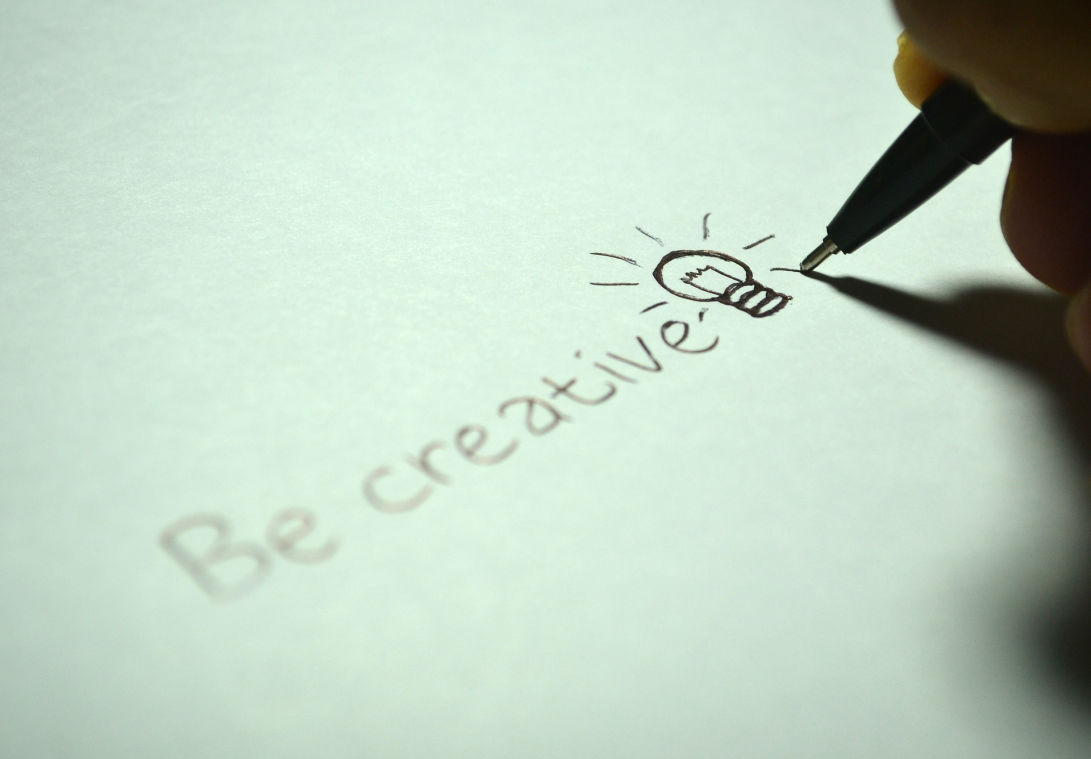Research and Validate Your Idea: Before diving headfirst into development, it's crucial to thoroughly research and validate your invention idea. Look into existing patents, market demand, potential competitors, and feasibility. Conduct surveys, gather feedback, and assess whether there's a real need for your invention.
Create a Detailed Plan: Outline a comprehensive plan that outlines every aspect of your invention company process, from concept development to commercialization. Define your goals, target audience, budget, timeline, and resources needed. Having a clear roadmap will help keep you focused and organized throughout the journey.
Develop a Prototype: Transform your idea into a tangible prototype that demonstrates the functionality and potential of your invention. This initial prototype doesn't need to be perfect, but it should be enough to showcase your concept and gather feedback from stakeholders.
Protect Your Intellectual Property: Safeguard your invention by securing patents, trademarks, or copyrights to protect your intellectual property rights.
Refine and Test Your Prototype: Iterate your prototype in response to comments and the outcomes of tests. To find any shortcomings or potential areas for development, do thorough testing. Gather input from experts, potential users, and beta testers to refine your invention and enhance its functionality.
Develop a Business Strategy: Determine how you'll bring your invention to market by developing a solid business strategy. Consider factors such as pricing, distribution channels, marketing strategies, and sales projections. Identify potential investors or funding sources to support your invention's commercialization.
Build a Strong Team: Surround yourself with a team of skilled professionals who can help bring your invention to life. Whether it's engineers, designers, marketers, or advisors, assembling the right team is crucial for success. Collaborate with experts who share your passion and vision for your invention.
Manufacture Your Invention: Partner with manufacturers or production facilities to mass-produce your invention at scale. Ensure that the manufacturing process meets quality standards and adheres to any regulatory requirements. Consider factors such as materials, cost-effectiveness, and production timelines when selecting manufacturing partners.
Market and Promote Your Invention: Launch a strategic marketing campaign to generate buzz and interest around your invention. Utilize digital marketing channels, social media, press releases, and industry events to showcase your invention to the world. Engage with potential customers and influencers to create anticipation and excitement.
Monitor and Adapt: Once your invention is out in the market, continue to monitor its performance and gather feedback from users. Stay agile and be prepared to adapt to changing market conditions or customer preferences. Seek opportunities for improvement and innovation to ensure the long-term success of your invention.
Turning your invention idea into reality is a challenging yet rewarding journey that requires dedication, perseverance, and strategic planning. By following these 10 steps and staying committed to your vision, you can transform your idea into a tangible product that makes a real difference in the world. So, what are you waiting for? It's time to bring your invention to life and leave your mark on the world.

